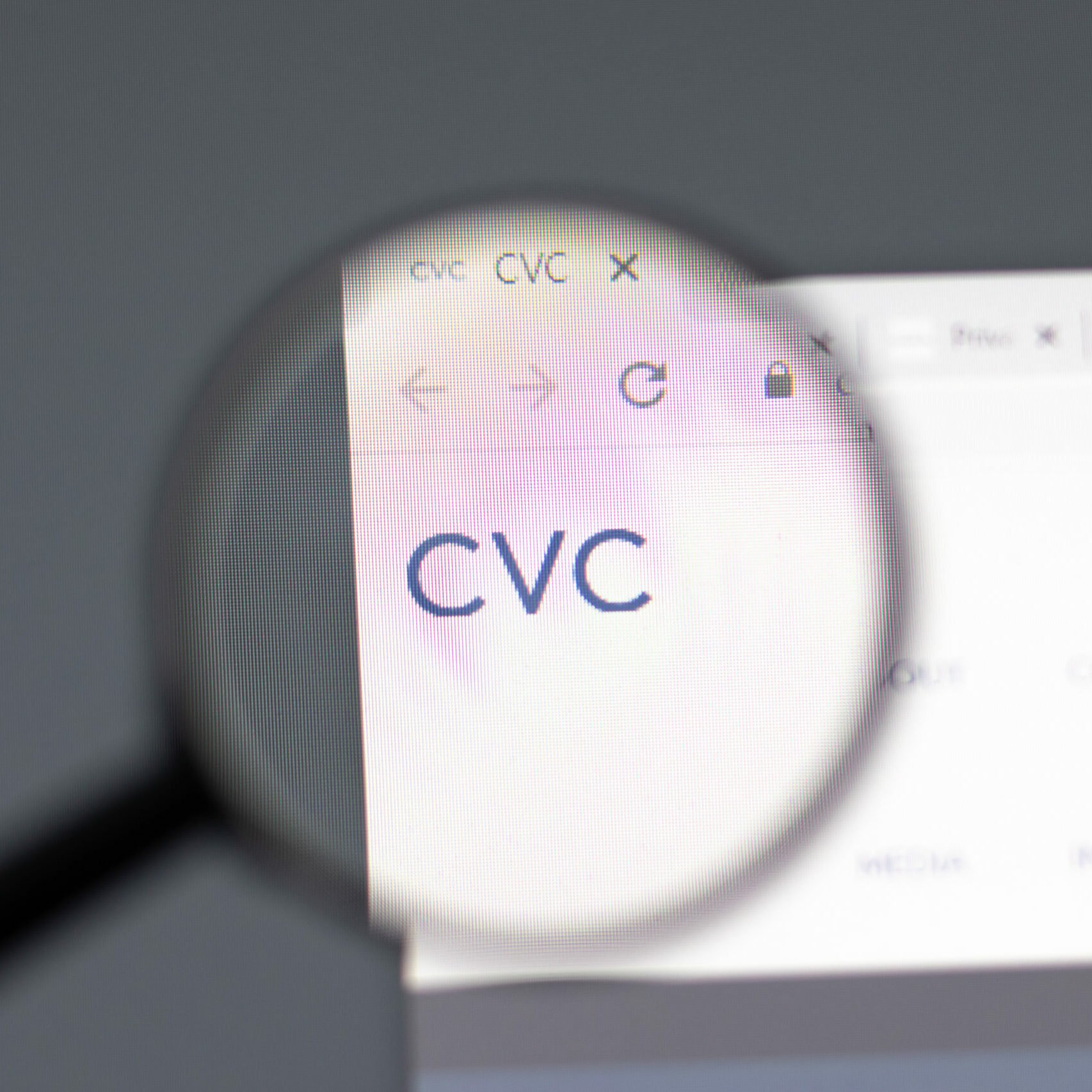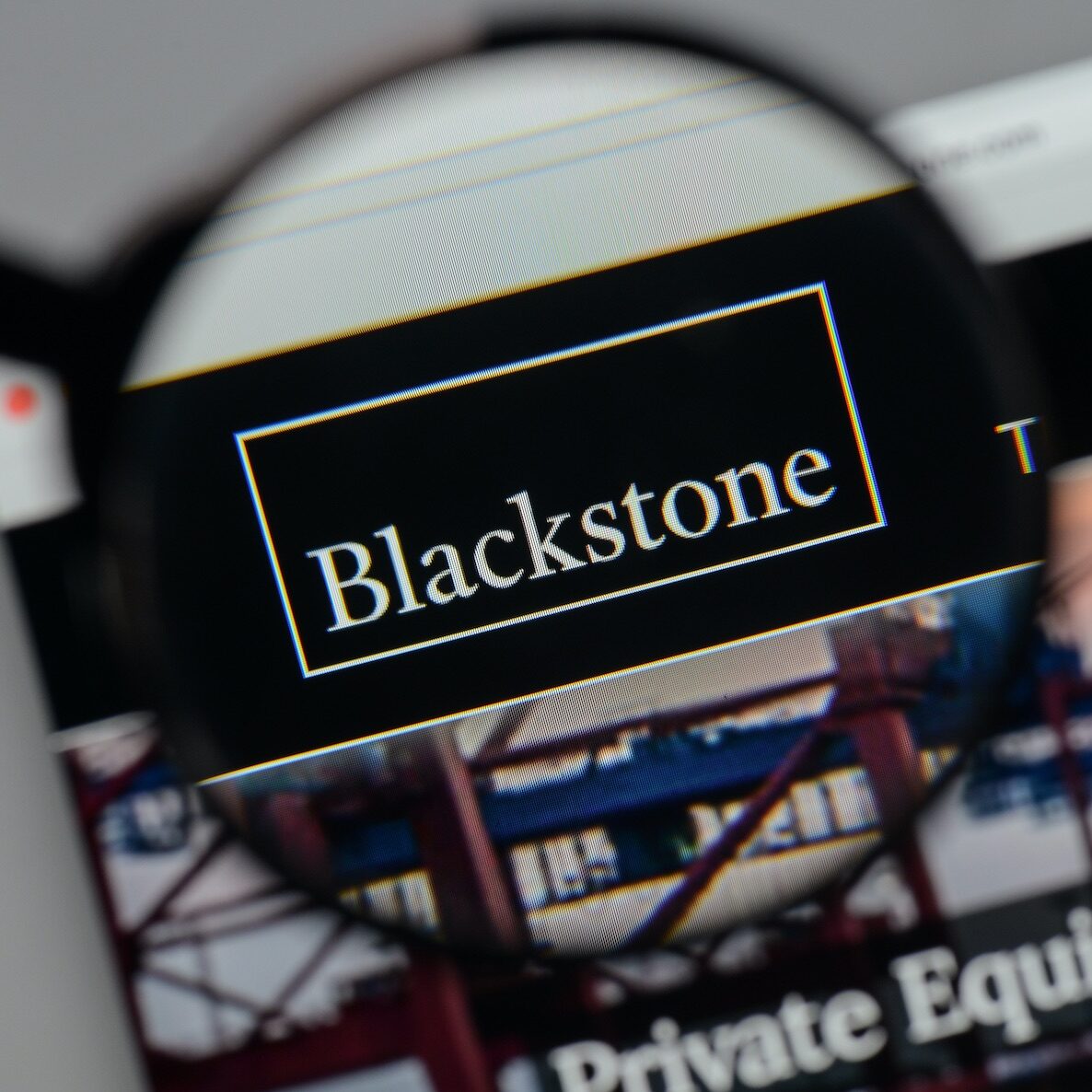Zombie funds continue to plague the hedge fund world and are gradually extending their reach into the private equity market notes Jonathan Sablone (pictured), founder and chairperson, Nixon Peabody’s Private Funds Dispute Group.
As Reuters alluded to recently, data provided by Preqin suggests that private equity firms have up to USD116billion of assets trapped in these funds, so-called because they are akin to the living dead i.e. the funds are inactive, the value of the assets have remained largely dormant for years, yet managers are still collecting their management fees. A similar situation continues to persist in the hedge fund space.
But there are options for exiting these funds, with Sablone noting that three main exit strategies have emerged, and are starting to accelerate as investors tire of the prolonged agony. These include: litigation, liquidation and secondary market sell-offs.
“Both investors and fund managers are frustrated. The managers aren’t happy because these funds are way under their high-water mark and they aren’t getting the level of fees out of these funds that they would have hoped.
“On the investor side you have a situation of highly limited liquidity and serious questions being posed about the NAV and the mark-to-market put on assets. Litigation (or the threat of it) is one exit strategy. Others might involve putting the funds into liquidation, or whereby the investor sells and transfers their interests in the secondary market,” says Sablone.
Investors that choose the latter option will typically need to sell at a discount to the fund’s NAV to escape. For some investors, they are so desperate that any liquidity will do, even if they end up selling their interests for 20 cents on the dollar.
At the heart of this issue is the valuation process. To cut a long and complicated story short, the assets held in zombie funds are likely not worth what managers originally thought they were worth. No manager will want to readily admit this. But even though the wider financial markets have recovered well since the crisis, particularly the equity markets, there’s no clear sign of improvement in these gated and side-pocketed assets that have effectively stagnated according to Geoff Varga (pictured, below), Global Head of Corporate Recovery at leading financial advisory firm Kinetic Partners.
“There remains a significant slug of 2008 hedge fund assets and side pockets that have gone absolutely nowhere. And while some managers want to move on because they aren’t making the level of fees Jon refers to, a lot of managers realize that this may be their last chance to make money and are hanging on for as long as possible for two reasons: on-going management fees, and valuation issues.”
Varga continues on the valuation issue by saying: “In the latest secondary brokerage listing I looked at there were upwards of 80 different funds listed with people either offering to buy or sell these assets from a 20 per cent discount to par all the way up to a 90 per cent discount.
“If the discounts being offered are so big it begs the question ‘Are the values reported in these funds actually true?’ Some managers haven’t updated the valuations they report on in years. Investors receive these statements year after year telling them they’ve got “X amount” invested in the fund yet they can’t get the investor that amount because no one will pay them for it in the secondary market. Clearly, therefore, there’s a fundamental problem with the valuation of these assets.”
Secondary market: transfer of LP interests or economic interests
Investors who do not wish to continue being trapped in zombie funds have the option of selling their LP interests in the secondary market, but to do so requires the manager’s consent to transfer those interests. An investor cannot insist on the manager approving the transfer, and with the number of vulture/activist funds in the market looking to buy LP interests and potentially litigate there is, says Varga, a wide range of what managers are willing to do in terms of those transfers. In such cases, another option for investors in the secondary market is to transfer their economic interests whereby the incoming investor does not take legal ownership of the asset.
“Oftentimes an investor will have to take less than they would perhaps otherwise get simply because the investor coming in is more acceptable to the manager: they want to avoid vulture funds.
“There’s been a large increase in secondary players coming into this market. They are generally passive-type investors which will not start suing over valuation issues and the like, because the minute they do that they’ll never get another transfer approved,” explains Varga.
Varga says that there are growing numbers of distressed debt funds looking at zombie funds because they hold real assets that are distressed (including litigation claims) and represent a distinct asset class.
One point to note on transferring economic interests, however, is that in the event of the fund going into liquidation the legal owner of the assets (the LP) may still remain on the hook for claw backs if the valuations are found to be pure fantasy. It’s not just managers that expose themselves to litigation, but investors as well: “While investors don’t see themselves as winners at all, the reality is they could still find themselves on the receiving end of liability claims,” adds Sablone.
Also, part of the reason why the existence of these zombie funds remains so protracted is that the original investors are reluctant to spend money on litigation. This could, says Varga, play into the hands of vulture/activist funds given that they are coming at it from a different (and lower) cost base, making it easier to justify the costs incurred pursuing recoveries:
“Some investors have become apathetic. The issue is whilst we can help them, they’ve got to put money to work to resolve these issues and understandably a lot of people don’t want to throw good money after bad even though the spend could be beneficial to their cause.”
Investor diversity & litigation
Another complexity of zombie funds is that even if managers start to liquidate their funds, the fact that the investor mix tends to be diverse makes it challenging to manage diametrically opposed investor interests. Some investors are happy to take a haircut and go through the secondary markets. Others cannot entertain the idea of taking that option because they have fiduciary responsibilities.
“It becomes problematic for institutional investors to accept 50 cents on the dollar because they then open themselves up to litigation from their own clients. A lot of these parties would rather hang in there longer if they can eventually recognise the NAV,” says Varga.
“How a fund manager deals with those contradictory instructions is very interesting. The minute they liquidate they potentially invite litigation from dissenting investors and if they don’t liquidate they invite possible claims from those who want out immediately.”
Many managers remain closed to the idea of liquidating their funds precisely because by re-marking the assets and re-striking the NAV at a more realistic level leaves them wide open to litigation. But if they were to take the decision to liquidate and give up the ghost, it would at least let institutional investors off the hook because they can show to their own investors that it was the manager’s decision.
“The passive investor solution in the secondary market has worked well as an exit strategy for some investors but if a passive investor were to offer a pension fund 40 cents on the dollar it would be difficult for them to accept such a value but not impossible. Some pension funds will take the money but the majority will not,” says Sablone.
Rather than maintaining the status quo, managers should start winding down these zombie funds and investors should re-calibrate their expectations. Anyone who thinks such funds will somehow recover and realise their original NAV are living in dreamland.
“It’s time for people to realise that we don’t have a liquidity issue we have a valuation issue,” concludes Sablone.







